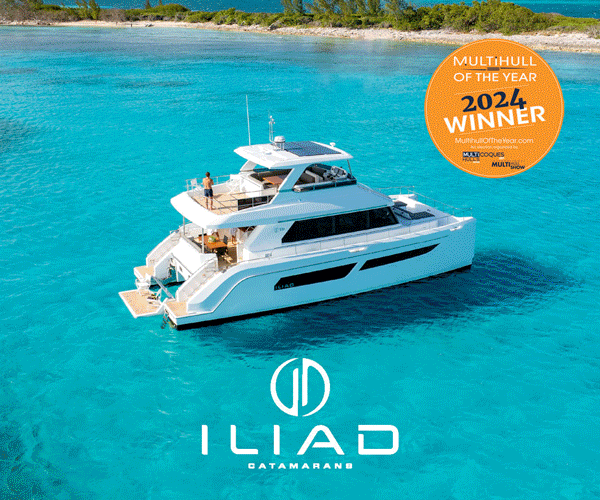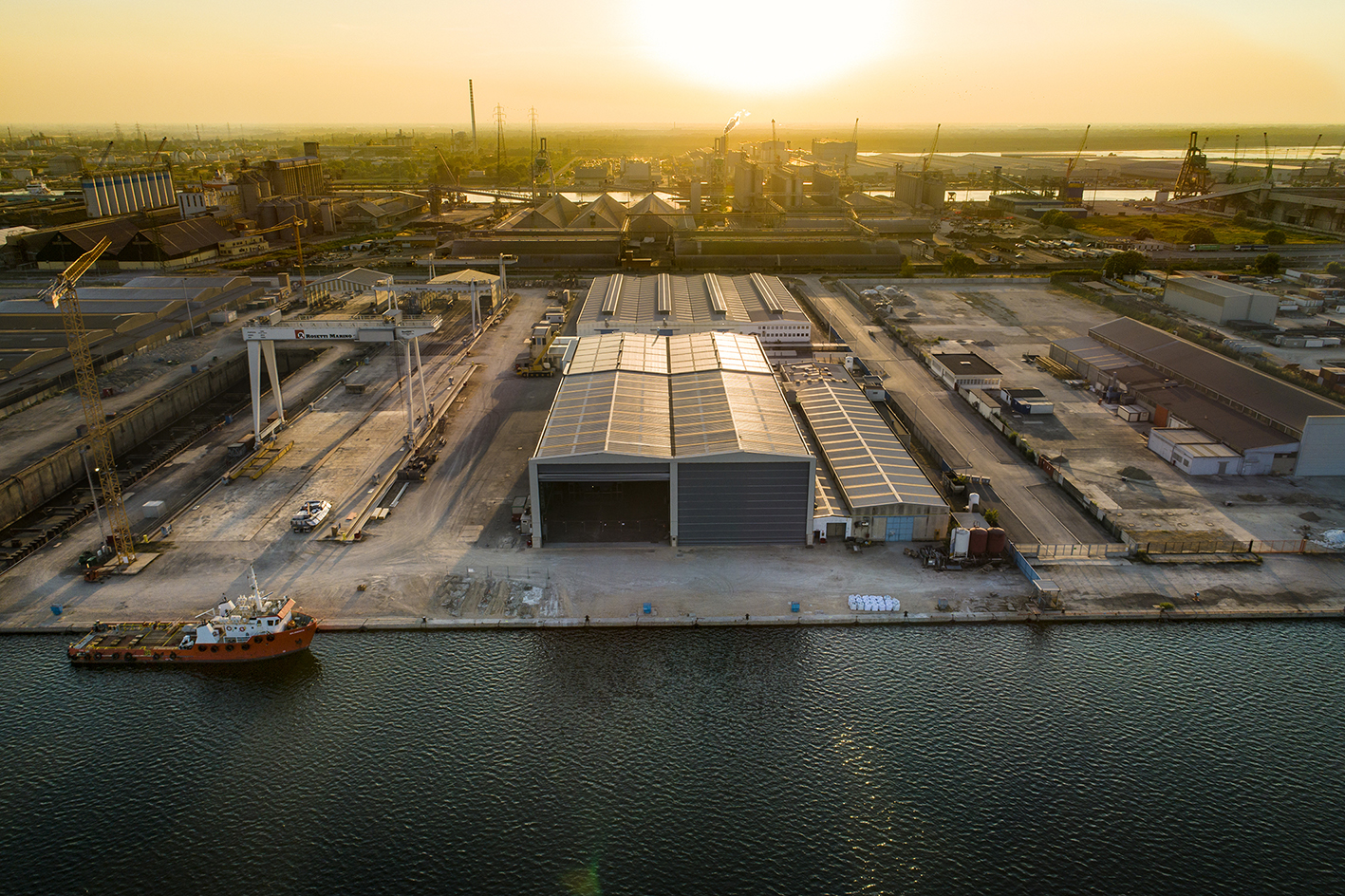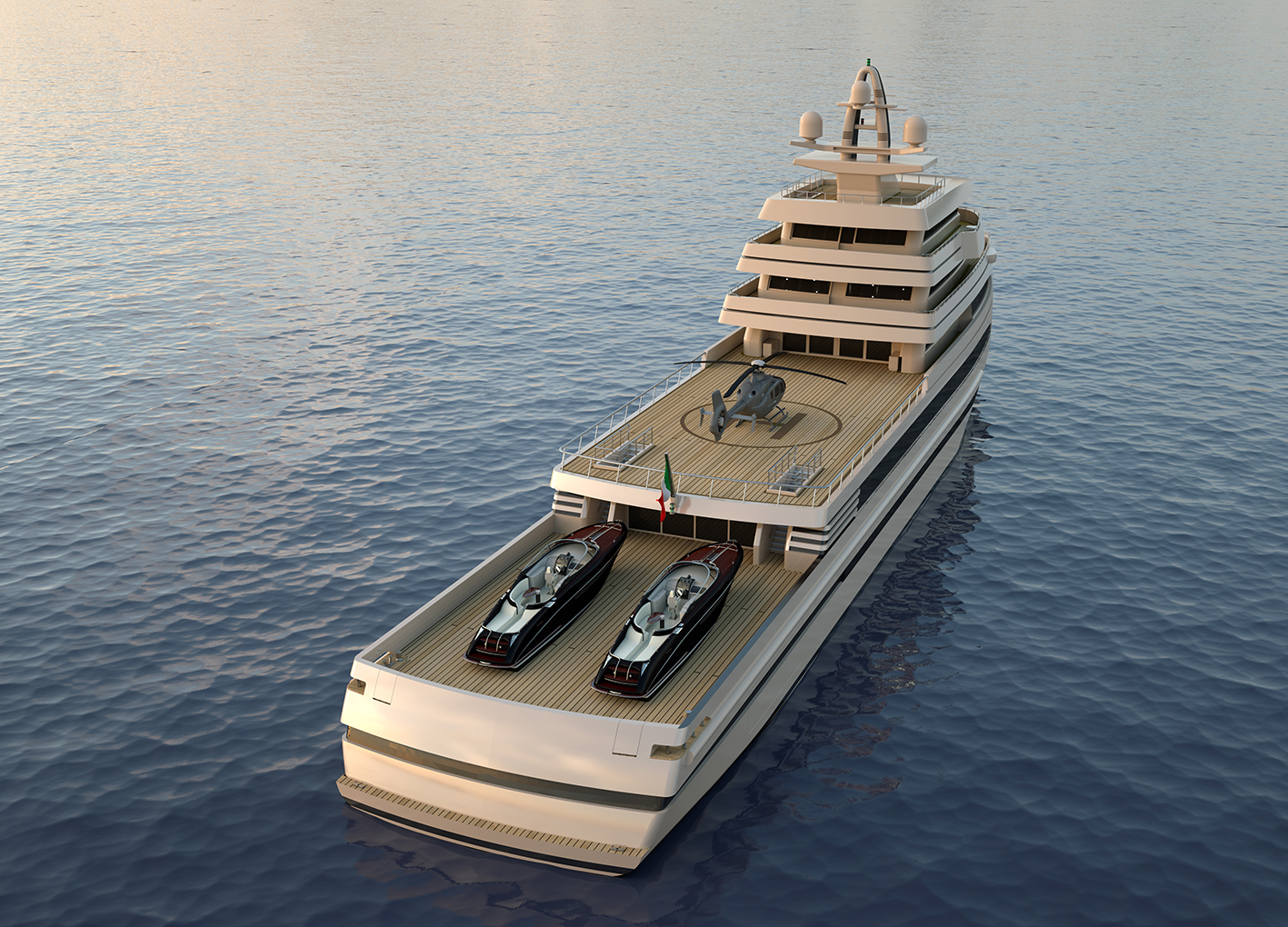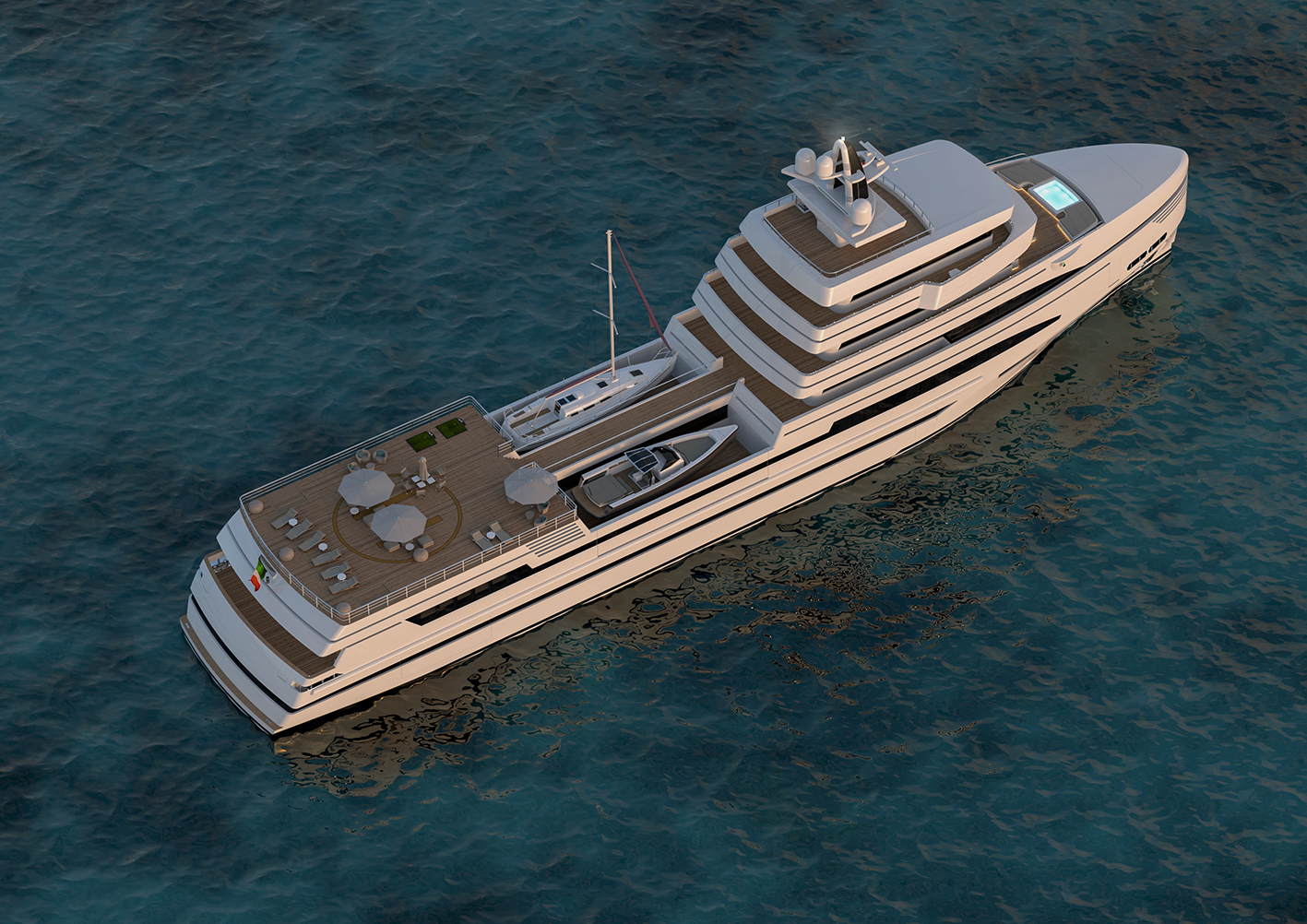Explorer evolution
What defines an explorer yacht and how does owner input contribute to the evolution of this intrepid variety of vessels?
Photography by Rosetti Superyachts - A. Bernabini
15 August 2019
Following the keel laying ceremony of the new Rosetti 38-metre Explorer at the Rosetti Superyachts shipyard in Ravenna, Italy in May, CEO and partner Fulvio Dodich explained the factors contributing to the rising popularity of explorer vessels.
In this extract, he outlines some of their attributes and why his company has expanded into explorer and supply vessels from 35 to 140 metres.
How do you define an ‘explorer’ and why are these vessels growing in popularity among today’s owners?
At the moment the word ‘explorer’ or ‘supply vessel’ is used to describe several types of yacht and not only those equipped for extreme expeditions such as ice-breakers.
Instead, the term is also used to describe yachts that are designed for long-range navigation and have the onboard space for enough crew and storage to be autonomous for longer periods.
This kind of yacht is a reflection of the growing trend among owners looking for something more adventurous who want to visit destinations that are off the beaten track from the Med and the Caribbean.
In practical terms, what’s the difference between a conventional superyacht and an explorer or supply vessel?
The traditional definition of a supply vessel would be a yacht with a superstructure that is mostly positioned forward so as to free up the main deck aft to house various toys, from jets skis and tenders to mini submarines or even a sailing boat if space allows. See our 85-metre concept developed by Tommaso Spadolini (pictured above).
An explorer has the opposite arrangement with the superstructure positioned aft to provide storage space on the foredeck.
A superyacht has a superstructure that is equally distributed fore and aft for more traditional cruising that doesn’t require extended range and the transport of large tenders or specialist equipment.
Why has RSY chosen to specialise in explorers and supply vessels instead of conventional superyachts?
Because it’s a way of remaining faithful to the DNA of Rosetti Marino Group, which has designed and engineered over 120 commercial vessels. The group’s expertise means that RSY has been able to position itself as a ’newcomer’ in the yachting world, but with a technical background that is unmatched in the sector.
This experience means we are able to build vessels that are extremely rugged and reliable from a design and construction point of view, but also offer outstanding performance in difficult sea conditions.
At the same time, we are able to invest the vessel with the refined design features expected of a superyacht. Let’s say that thanks to the Rosetti team’s experience, we have both the hardware and the software to build superbly seaworthy, high-quality yachts.
There are numerous other shipyards building explorers, so what can RSY offer that other brands don’t?
The explorer market is crowded precisely because of the wide definition applied to this type of vessel, which has developed from ships with the technical specifications to carry out voyages of discovery to yachts that simply want to visit more exotic destinations.
We’re not discouraged by the wide choice of yachts on offer because our own products meet the most stringent technical standards, from Ice Cass to the Polar Code, and can navigate anywhere in the world if required.
We also have a massive production capacity with direct access to the Adriatic where we can build up to 140 metres in length, which is quite rare in Italy. We have a total area of 257,000 square-metres, two build sheds of 25 x 100 metres, 4,000 square-metres of workshops, an assembly area with gantry crane, a dry dock of 160 x 25 metres and a 175-metre quay with a water depth of 7.5 metres.
These facilities are backed up by our solid engineering know-how and technical expertise and secured by our financial strength.
How has RSY chosen the designers and naval architects you collaborate with?
As an Italian company, we’ve initially focused on Italian designers for our first projects because we want to have an Italian visual identity that marries well with our maritime and design heritage. But there’s no reason why we can’t work with designers from overseas if requested by a prospective client, as we are doing now.
What are the design prerequisites for an RSY concept?
An RSY project must first and foremost be absolutely safe and functional. Every space should have a precise purpose and not just be a styling exercise. In other words, the form always follows the function. This is hardly surprising when you consider our background in building workboats that have to be extremely reliable and efficient.
Where do you want to position RSY in the yachting industry?
Because we can design and build explorers and superyachts in both steel and aluminium starting from 35 metres up to 140 metres and beyond, we’re aiming at the upper end of the spectrum in terms of size and quality. We have no technical limits, so we want to offer products with efficient performance that also turn heads in terms of looks and design.
How does you see explorers developing in the future?
If I knew where the market was going, I’d be a billionaire! But joking apart, quality is increasingly important regardless of the size of the yacht. We can offer high quality together with production flexibility to keep up with the world of explorers, whatever the future may bring.
Rosetti Superyachts is a division of the Rosetti Marino Group, a key Italian player in the new construction of high-tech vessels for the offshore/onshore oil and gas industry. It draws on the Group’s extensive shipbuilding heritage to build luxury superyachts, long-range explorers up to 140 metres.










